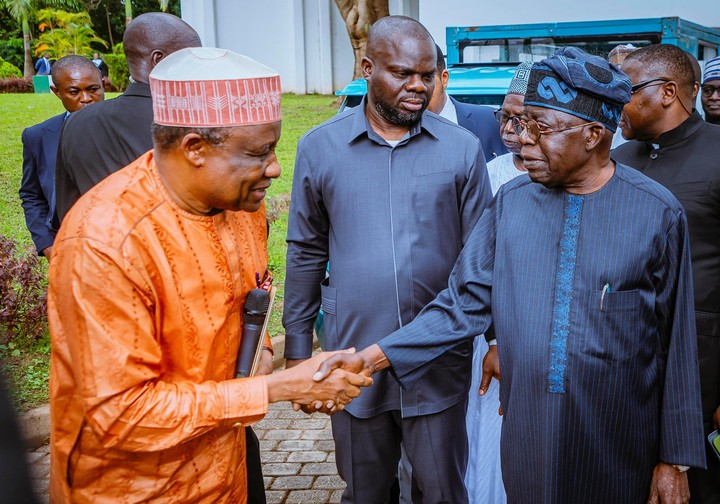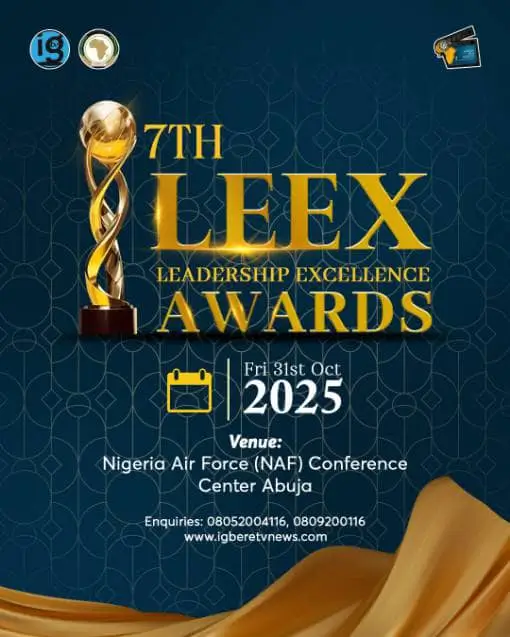President Bola Tinubu has approved the North East Development Commission, NEDC, to deploy electric vehicles instead of the Compress Natural Gas, CNGs in the area.
Managing Director and Chief Executive Officer, CEO of the NEDC, Mohammed Alkali disclosed this to State House correspondents on Wednesday, after the commission made a presentation to the President on the best way to have e-vehicles to be functional and effective in the region.

The MD explained that the commission opted for e-vehicles instead of CNG-powered ones because the region has no gas around it.
According to him, “We are here today (Wednesday) to brief Mr President on one very critical activity he has approved which we had to engage in the last two months.
“As you can recall, there’s a directive from the President that cars as soon as possible should use CNG or electric vehicles, and we at the Northeast Development Commission did a thorough analysis of our region, because we cover six states in Northeast Region, and look at the comparable advantage between CNG and e-vehicles.
“And after our thorough analysis, we concluded that for the North East region, yes, the CNG could work, but e-vehicle can work better for many reasons.
“One is that our plan at the end of the day is to create modular solar power units across the state which can be used to power this percentage of e-vehicles.
“On that note, earlier on, we sought and got approval from the presidency for us to go ahead and come up with the framework of how we are going to deploy this e-mobility in the northeast and what kind of e-mobility, etc.
“And Mr. President graciously approved, and today we came to present to him the kind of E-vehicles we are going to introduce in the Northeast.”
He further disclosed that the e-vehicles which will be using power are in three categories.
He said, “There are three categories. One is the E-buses, which can carry about 40 people or passengers at a given point in time, at the minimum, and that’s for intrastate, not interstate. Also, we brought some samples of e-taxis which normally carry three people passengers as well as the driver, and we also brought in a highly modified tricycle.
“Most of the tricycles we have in the North East or elsewhere only carry three people plus the driver four, but in our case, we have modified it to carry eight people plus the driver, and it’s fully covered and very convenient, and we are also, knowing the kind of weight and people we are going to carry, we’ve asked our engineers to modify the physical structure of the tricycle. when you look at it, you can see the tyres are bigger, the prime is bigger, and so so forth.
“And also, in doing that, we consider local content that the body can be fabricated locally in the North East or somewhere else in the region.
“So today we made a presentation to the President. And delightfully, the chairman is here and Mr. President approved that we should go ahead and deploy the e-mobility in the northeast region.”
Fielding a question on why the e-vehicles, Alkali said, “You know, I told you earlier that when we started the whole process, we have to engage ourselves in a very thorough analysis of what can work. Yes, there will be difficulties.
“For instance, if you talk about gas-powered CNG, the gas has to come from somewhere, because we don’t have gas in the north for now. But e-vehicle what you need is power. To power all e-facilities as part of the arrangement for us to establish very comprehensive composite charging facilities for all our e-vehicles.
“This already is part of the work plan, which we are trying to do. In addition, we’re also considering establishing five or 10 KVA solar-powered grids stand-alone, so that this can be back up for the inadequacy of the power supplies.
“So, we are aware of all these challenges. But sometimes with challenges come opportunities and when we start, yes, we may have one more, two, three challenges in terms of power bank, but we already made a plan to see that, besides the usual generating plant, we are also going to back up some solar power grids stand-alone to power this station, we are going to build.”
He further explained that in the past few years, the commission developed a comprehensive master plan which has been approved, adding that the master plan has 11 pillars that cover all the sectors of the economy, from education to agriculture to commerce and so and so forth.”




